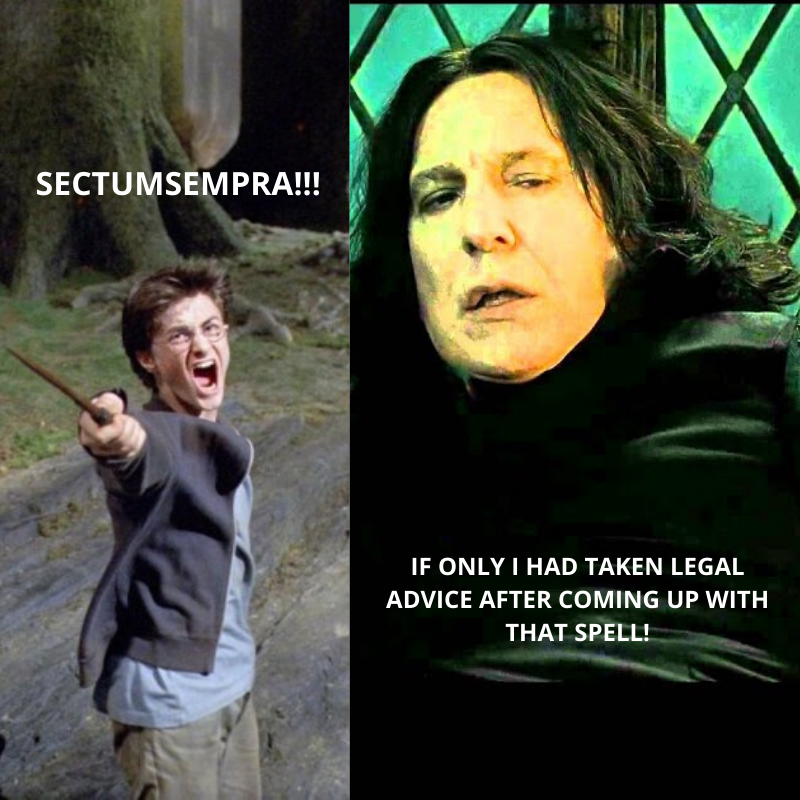Intellectual Property (IP), comprising of copyright, trade mark, registered design, patent, plant breeders rights and trade secrets are intangible assets most people are not familiar with.
However, being aware of, registering and properly maintaining IP, is as important as getting a regular health check-up because avoiding it might have fatal consequences. If it is not dealt with, it can have major repercussions for a business and can leave you bankrupt and out of business in the blink of an eye.
What we are going to consider is leading to you saving yourself legally from all this whether you are an artist, an entrepreneur, a creator or an inventor.
“The biggest component of a graphic designer’s job is to create intellectual property. It would be a waste for them not to find out how to protect it.”
-Australian Graphic Design Association, AGDA.
You have probably heard the phrase “IP Protection” and it might be possible that you want to familiarize yourself with its intricate details or are looking forward to making your business recognised locally and globally.
Well, make yourself at home because we are going to explain the process and solution to your problems in detail without wasting your time.
The first question that comes to mind is what exactly is IP? How would I know if it’s important for me?
So, let’s start with the first question.
WHAT IS IP:
In this era of digital age, as information technology is becoming more and more pervasive and vital in our daily lives, information itself is becoming more important and more valuable.
But wait, you might have concerns, that valuable information is meant to be shared. As the saying goes:
“Great discoveries and improvements invariably involve the cooperation of many minds.”
-Alexander Graham Bell.
So, as the technology is continuing to advance, it is leading to the sharing of information much faster and easier and thus we are less able to control the copying and dissemination of this incredibly valuable stream of data.
This would easily lead to devaluing of talent, labor, creativity and uniqueness and losing the respect for intellectual capacity of the people who come up with distinctive ideas.
So, how can we reach equilibrium?
The need for balance has engendered certain laws that can confine this flow of information to spread in certain limitation so it can be exercised and conveyed systematically.
The set of laws which protect the rights of intellectuality and original ideas are IP or Intellectual Property laws. It is a term used to describe various exclusive proprietary rights that might be reserved by creators, inventors and artists.
IP includes copyright, trademarks, patents, trade secrets, and design. In this blog, we will focus on copyright protection in detail in relation to data over-sharing.
COPYRIGHT LAW:
As it is apparent from the name, the law of copyright relates to the right to copy. Copyright protects the way in which an idea or concept is conveyed. It does not protect the origin of the idea or concept itself. Once an original idea has been compiled in material form (written down, recorded or saved on a computer), copyright protection is likely to apply.
It includes literary works, artistic works, musical works, dramatic works, sound recordings and cinematographic works.
COPYRIGHT PROTECTION DURATION:
For the majority of material, copyright protection will last for 70 years from the end of the calendar year in which the author of the material dies.
It has to be kept in mind that you need to copyright your work to protect it from any infringement.
COPYRIGHT INFRINGEMENT:
If someone has used, shared or reproduced your copyright protected work or material without permission, then he/she has infringed your copyright.
This was all understood easily until the internet happened.
So, where is the fine line between fair sharing and copyright infringement?
Now, how would I know as an average law-abiding citizen, if what I am doing lies within the premises of the copyright law?
Let’s understand this by taking the example of a book “Infringement Nation” written by John Tehranian where he explained the infringement in copyright by taking the example of a regular person’s routine and consider a hypothetical routine for me.
In a normal day, I would wake up, check my social media and share these awesome cat videos that made my day but each share might be making me liable to damages that are in thousands.
On the way to work, I might sing Taylor Swift songs at the top of my lungs and share it with people who might ask me to stop making their ears bleed and well, that is not nice but at least nobody is blaming me for singing somebody else’s song, though they might be for ruining it.
After I reach my destination, I straight up check the likes on my cat videos, reply to the comments, procrastinate a bit and then start working on my presentation where I copy-paste a number of researched stats using online resources.
Now, considering my imagined morning routine alone and this notion of copyright infringement, these owners might make me remove my videos or completely destroy me because by the end of the day I might be liable to thousands and by the end of the month, the damages would be fatal.
This leads to the answer that:
If copyright laws had been this strict and had not been lenient, the case for each person would have been the same as the hypothetical me. That is why copyright issues are tested and suited for each scenario and the coherence area lies where everything overlaps into specificity and more detail.
If we keep this in mind, it might be easier to understand the copyright specifications followed by different social sites including YouTube, Facebook, Instagram and Twitter. The reason we can brag in front of our friends and be in credulity about how we are in contact with Dwayne The Rock Johnson The Real One and he is liking all our cat videos, is because the set of specifications followed by these sites are also scenario based and not very limiting and strict. We have to familiarise ourselves and exploit the information in a right way so the law is not stopping us to share our content and help others, it is just asking us to do it in a systematic way.
Then why do people avoid lawyers?
The main misconception about this field is that people think that they would be trapped with expensive lawyers and would have to pay a lot but in reality it is a wrong perception, you will see it yourself, just take a step, all you have to do is go and talk to the legal advisor relating to the issues regarding your patents, creativity or businesses.
Here at One IP International, we help you make the right decisions rather than just jumping right off to your registration, you have to know that most important thing to have a legal protection for your business is that it acts as a shield and protects your personal assets in the long term, so don’t delay and regret later.
Key Topics Covered:
1) Role of IP law and its need.
2) Addressing the misconception that the law is outdated and strict.
3) Balancing law and the freedom of sharing.
4) Copyright Issues.
5) Copyright Solutions, Generalisation and Specification with respect to each scenario.
We trust, this gives you a good idea of your hidden business treasures.
Now, if you want to secure protection for your intangible Intellectual Property business assets, please Contact our team at ONE IP INTERNATIONAL PTY LTD for detailed guidance.


